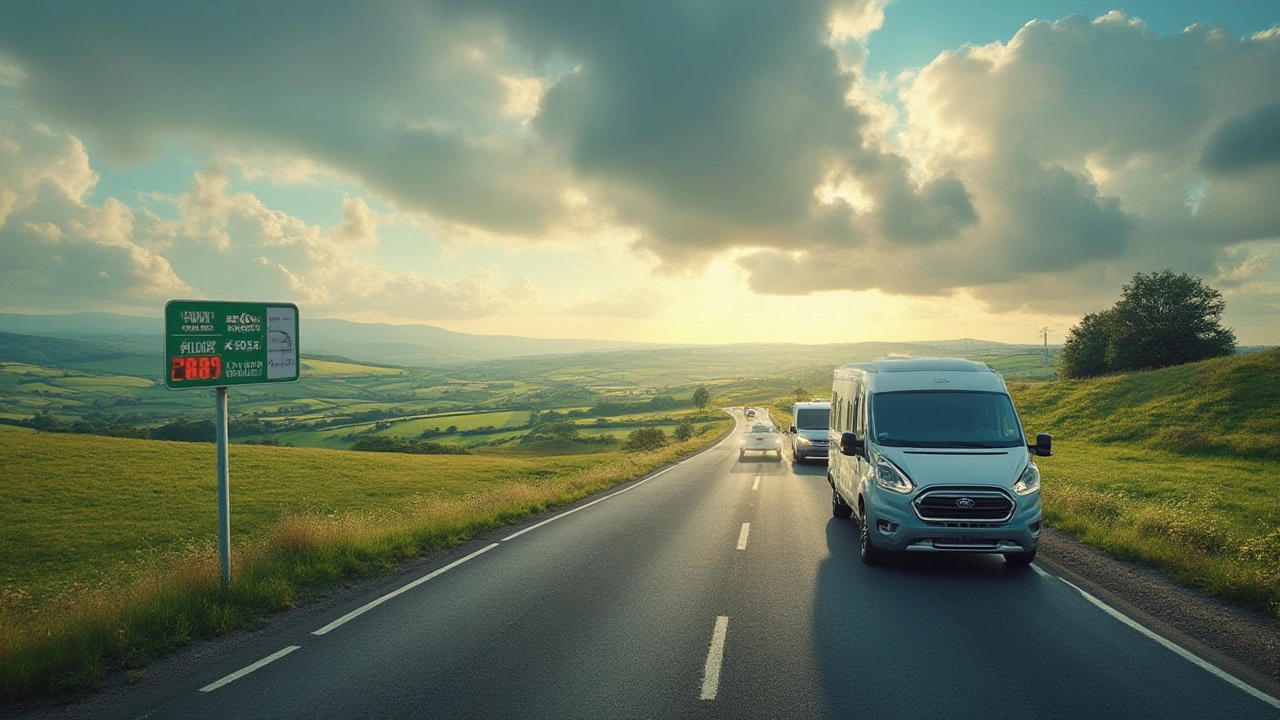Camper Towing Guide for UK Motorhome Lovers
If you’re planning a road trip with a motorhome, you’ll soon discover that towing a camper or trailer adds flexibility but also responsibility. Understanding the basics can keep you from costly mistakes and keep the journey smooth.
Choosing the Right Tow Vehicle
The first step is matching your tow vehicle to the camper’s weight. Look at the vehicle’s towing capacity in the handbook – it’s the maximum weight the engine and gearbox can handle. In the UK, most small vans can pull 1,000 kg to 1,500 kg, while larger SUVs and trucks go up to 3,500 kg. Don’t forget the camper’s unladen weight plus fuel, water, and gear; you’re usually allowed to add about 10 % for safety.
If you’re renting a motorhome from Teesside Motorhome Adventures, ask which models are approved for towing. They’ll give you the exact limits and suggest compatible tow bars.
Coupling, Brakes and Legal Requirements
Connecting a camper correctly is crucial. Use a certified tow bar that fits both the vehicle and the camper’s hitch. Check that the safety chains are crossed under the chassis and that the electrical plug works for lights and brakes.
UK law says any trailer over 750 kg must have its own braking system, and the combined braked weight of vehicle and trailer cannot exceed the vehicle’s braked towing capacity. Make sure the brake controller is set up and test the lights before you hit the road.
Insurance is another must‑have. Your motorhome policy should cover towing; if not, add a trailer rider. Driving without proper cover can invalidate claims if an accident occurs.
Before departing, do a quick safety checklist: tyre pressure on both vehicle and camper, fluid levels, secure all load items, and a test pull in a safe area to feel how the combination handles.
Planning Your Route and Driving Tips
Routes that work for a solo car may not be ideal for a tow setup. Avoid narrow village streets, low bridges, and steep hills that exceed your vehicle’s gradient rating. Use navigation apps that show height and weight restrictions – they’re a lifesaver in the UK’s older road network.
When driving, give yourself extra stopping distance. Braking with a trailer feels different; start slowing down earlier than you would alone. Take wider turns, especially on roundabouts, and keep mirrors adjusted so you can see the trailer’s path.
Fuel consumption rises with a trailer attached. Fill up before long stretches and keep an eye on the dashboard warnings. If you’re heading to Teesside’s coastal campsites, plan for extra fuel stops because some remote sites lack nearby pumps.
Maintenance and Common Pitfalls
Regular maintenance on the tow bar and hitch prevents wear that could lead to failure. Lubricate moving parts, tighten bolts after the first 100 km, and replace worn pins.
Don’t overload the camper. A common mistake is packing too many water tanks and gear, which pushes the centre of gravity forward and makes the tow unstable. Keep the load balanced front‑to‑back and side‑to‑side.
Finally, watch the weather. Strong crosswinds can push a high‑profile trailer off course. Slow down in gusty conditions and keep a firm grip on the steering.
With the right vehicle, proper coupling, legal compliance, and a solid plan, camper towing can open up new routes and campsite options. Use this guide as a checklist before every trip, and enjoy the freedom of exploring the UK on your own terms.
Pulling a Camper vs Driving an RV: Which Is Cheaper for Your Next Road Trip?
Get the real numbers and facts about pulling a camper versus driving an RV. We break down costs, fuel, maintenance, and all the surprises you may face on the road.
